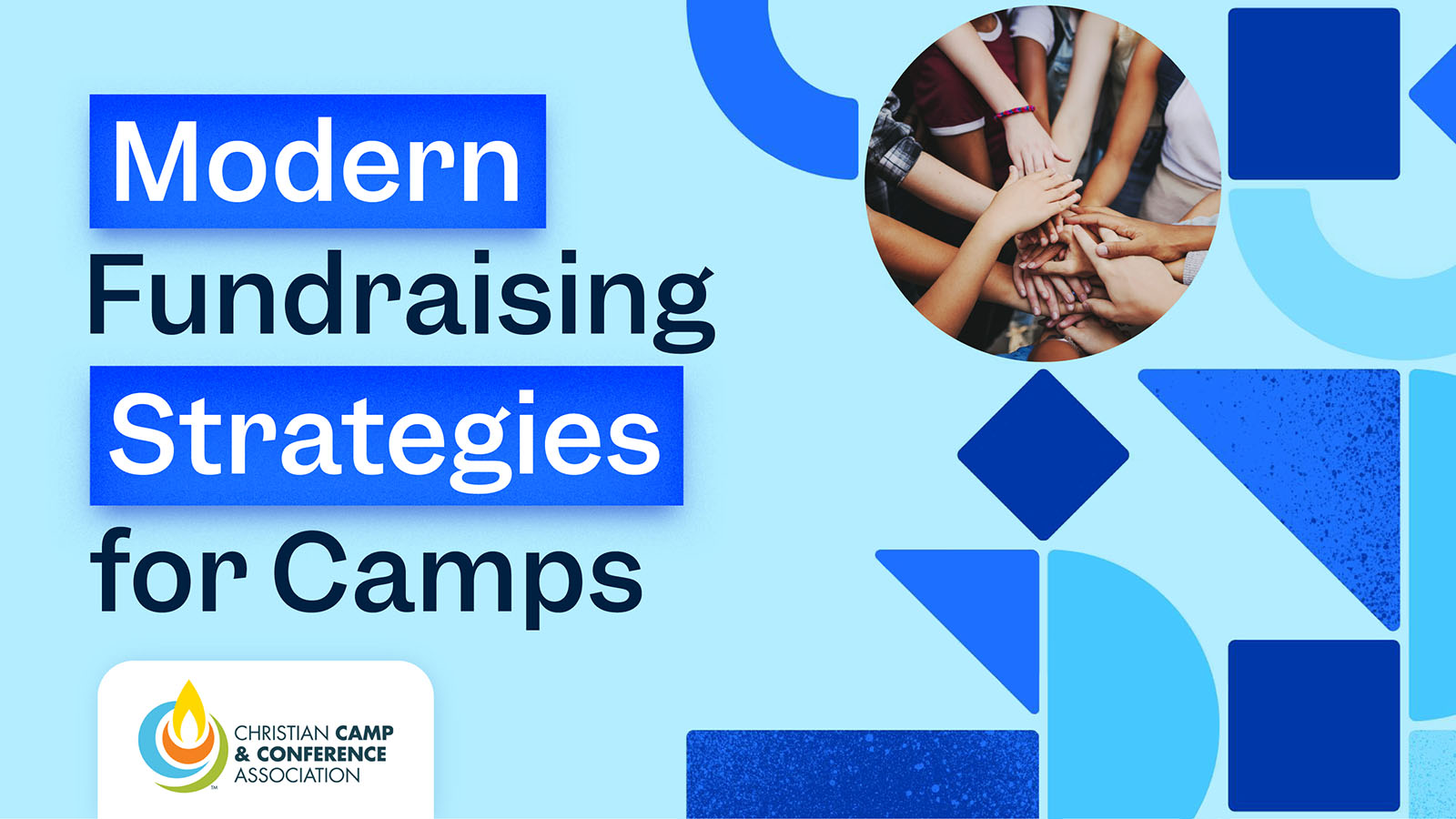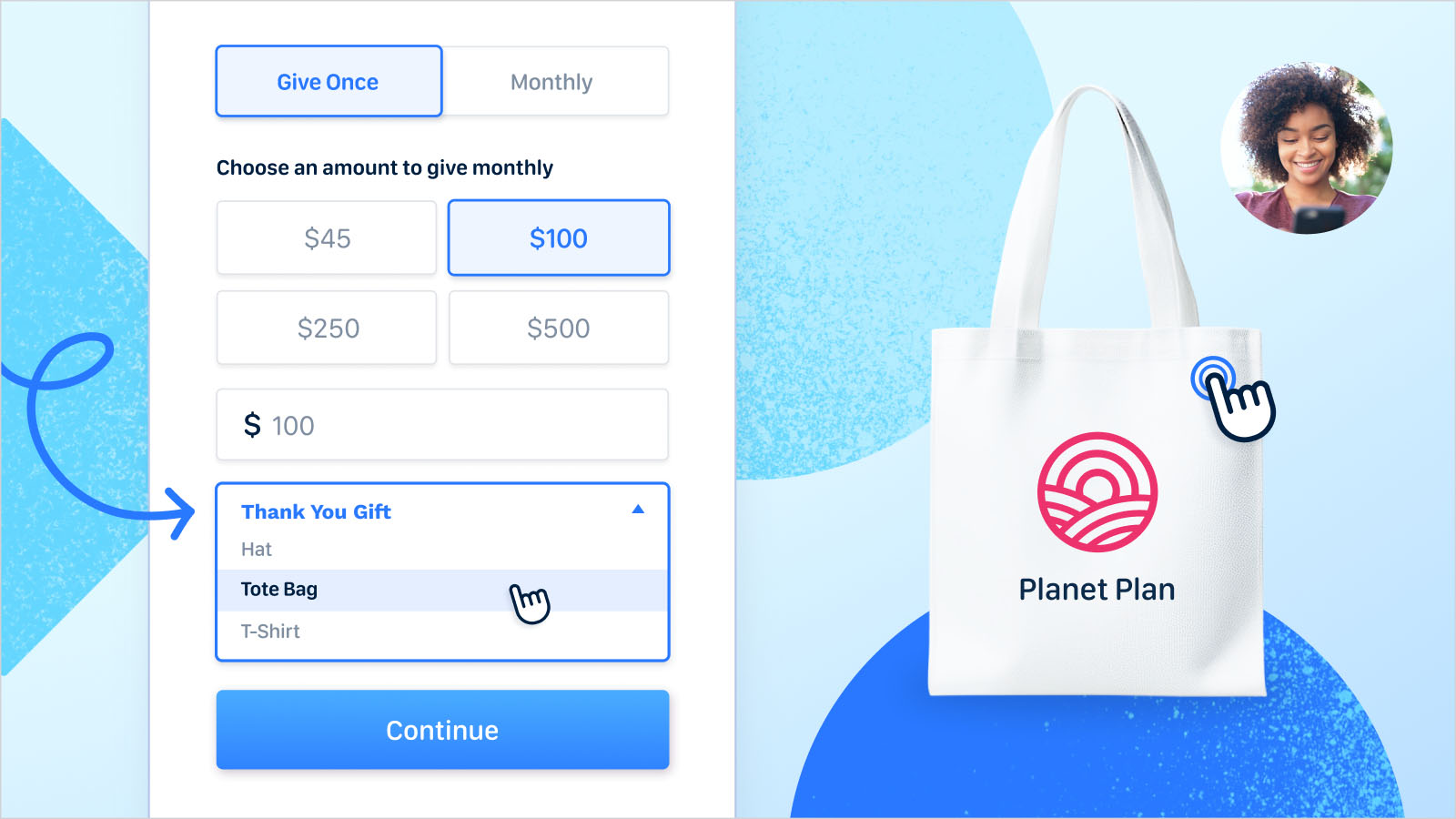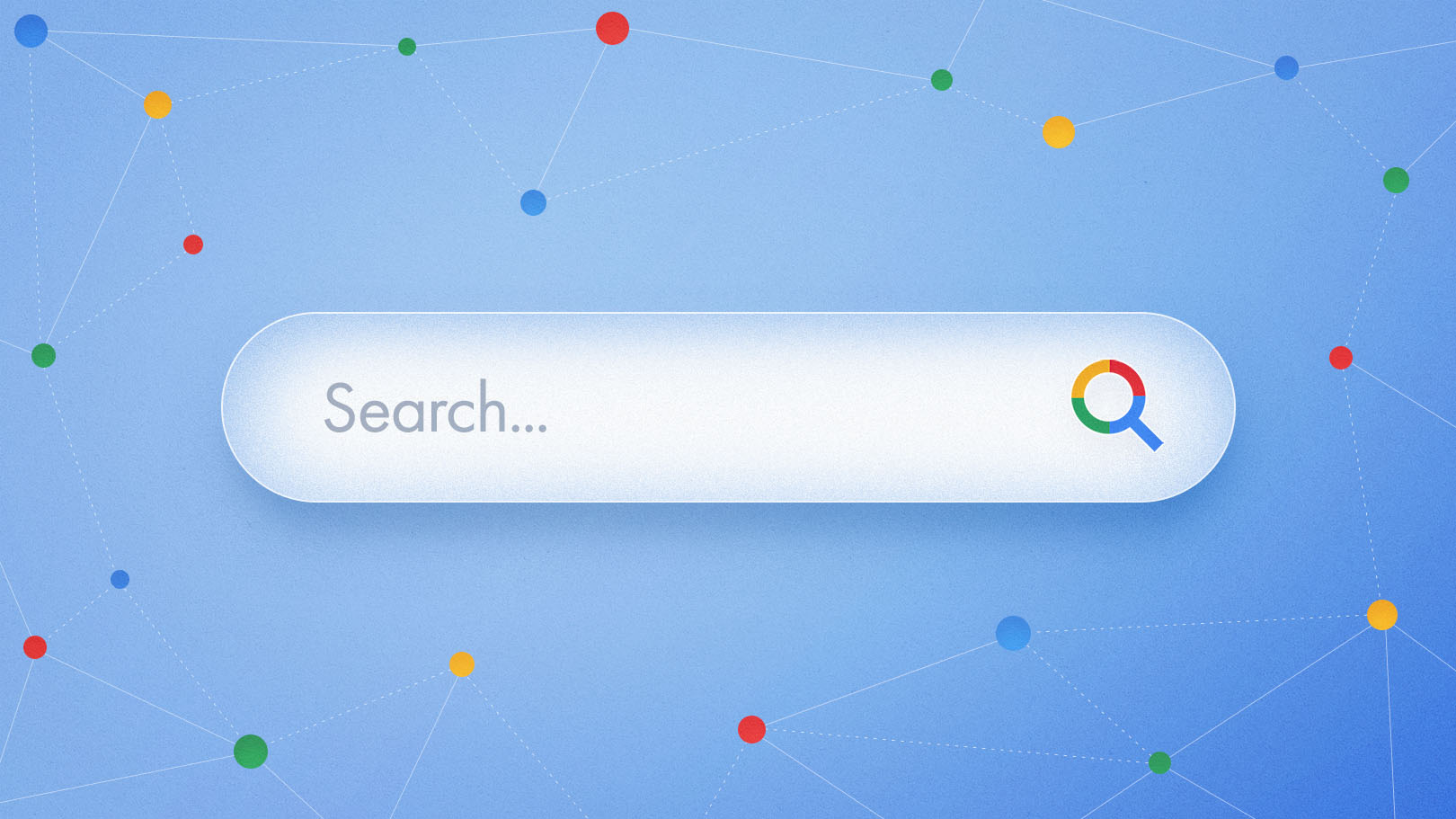There's a lot of focus on donor retention in the nonprofit world, but where does donor acquisition come into play? Donor acquisition strategies are a driving force in building your donor database, bringing in greatly-needed funds, and creating impact that helps fulfill your nonprofit organization's mission. If you want to bring in donors, try donor acquisition.
Donor acquisition is like this: You're having a party. There's something you want to celebrate, and you want to share everything that's going on with your friends. So, you invite people, provide a welcoming environment, and get down with your bad selves.
Sounds great! But the secret sauce to the whole thing is your guests—it may be fun, but it's not a party if you're by yourself. You probably know who you'd invite to this soiree, but how did you meet those folks you're making merry with?
In the nonprofit world, we call this donor acquisition.
What is donor acquisition?
Donor acquisition is simply bringing new donors into your nonprofit fold. The goal of donor acquisition is increasing fundraising efforts—and especially with the rate of donor retention rates going down, donor acquisition is becoming more necessary than ever.
There are three pillars to donor acquisition strategies: targeting the ideal donor, building strong donor relationships, and providing a highly-converting giving experience. But before we dive in, let's take a quick look at the nitty-gritty of intelligent donor acquisition reporting.
How to calculate donor acquisition rate
It's easy. Donor acquisition refers to new donors, so divide your first-time donors by your total donors, then multiply by 100. Boom, donor acquisition rate!
How to calculate donor acquisition costs
Calculating donor acquisition cost is a little harder but still easy. Now that you have the number of first-time donors, divide your total fundraising expenses by the number of donors acquired over the specific time period. You're on a roll!
Donor retention and reactivation in the donor acquisition process
This little chat we're having is specifically about bringing in new donors to your nonprofit's donor database, but that doesn't mean that great donor acquisition strategies ignore current donors. Within your current donor pool, you have a stellar opportunity to increase existing donation levels and even reengage donors who churned.
Remember, donor acquisition doesn't work if you can't retain 'em once you wrangle 'em.
3 Pillars of Donor Acquisition
Nonprofit organizations incorporating donor acquisition efforts into their fundraising strategy need to cover all three donor acquisition pillars to successfully land new donors.
- Discovering your ideal donor
- Building strong donor relationships
- Optimizing your donor conversion rate

1. Understanding and defining your target audience
If you're going to attract donors, you need to know who you're talking to! So, how do you build the donor personas that will help you achieve the donor acquisition rate you're looking for? Let's start with Who, What, When, Where, Why, and How.
Donor demographics for donor acquisition
Prospective donor research is one of the most important elements of donor acquisition. Here are some of the easiest-to-evaluate characteristics of your ideal potential donors.
- Who - Who are you appealing to? Geography, gender, age, wealth indicators.
- What - Which messages work to gain the attention of your prospective donors? Which emails, ads, and images do your audience respond to?
- Where - What channels or platforms do your potential donors spend time on? Where can you reach them? Social media, email marketing, fundraising events?
- Why - Why would your potential donors choose to give their hard-earned money to your charitable organization?
- How - Let's talk money: how do these donors want to deliver their gifts? There are a wide range of payment options, including check, credit card, digital wallet, stock gifting, DAFs, or cryptocurrency.
Tracking successful donor acquisition
Once you have your Who, What, When, Where, Why, and How nailed down, you've got to keep track of the progress, growth, and movement of these donor lists and individual donors using prospect research tools.
One example of a useful tool is UTMs, or tracking bits tacked on to links. Funraise allows you to capture UTM parameters so that you can track source data and make sense of your online traffic and ad spend ROI.
2. Building donor relationships
An all-important pillar of donor acquisition campaigns, your relationships with donors forge a bond that allows you to make direct appeals that result in larger gifts.
Begin with the board
Exactly what it sounds like. Your board may be high-falutin' fancy folk, they may be more representative of the community you serve, or maybe they're just people who want to see your organization make incredible impact. But no matter what, they care.
It may take some time, but asking your board to help you expand your donor base is a normal, but often overlooked, method of donor acquisition.
Ask for referrals
Your existing donors presumably donate for a reason, so ask them to share that reason with their friends, family, or even strangers! It can be on social media, via a testimonial on your website, as a traditional referral for a major donor prospect, or as they're working a special event.
Make major gifts a central focus
We've mentioned major donors a few times, but let's address your major giving program head-on. When you're acquiring donors, it stands to reason that a major gift prospect will make a greater impact on your impact, and therefore making major gift donors a focus could be well worth your time.
But there's a reason why nonprofits often have a specialized major gifts team running a specialized major giving program—and that reason is because major donors take time and resources to land and retain. Strong relationships are essential to keeping major gift donors and pulling in major gift prospects, so begin laying the groundwork from the moment you do your wealth screenings.
Fundraising consultant David Schwab said it perfectly on the Nonstop Nonprofit podcast:
The most influential action a major gift officer can take is building relationships with donors not just to unlock the donor, but to unlock access to their network.
We dare you to disagree!
3. Delivering a friendly giving experience
This is where just one choice can make or break your donor acquisition campaign. An effective donor acquisition strategy can't land if your donors hit a wall when they try to give.
Online donor acquisition comes down to conversion, simple as that. So your choice of fundraising platforms is key, and it definitely will have far-reaching effects.
Choose the fundraising platform that offers a donation form with a 50% conversion rate
It's a proven fact. Potential donors that interact with a Funraise donation form complete a donation 50% of the time. So if you bring them, they will convert.
Make giving easy
Unlike other fundraising platforms, Funraise has focused on your donors' giving experience. Instead of smashing together clunky tools, this choice gets you elegant technological solutions built with the larger journey in mind. Here are a few of these effective strategies that prioritize online donor acquisition:
- Mobile optimization
- Convenient payment methods
- Recurring upgrades
- Abandoned donation notifications
- In-person payment collections
- Contextual giving experience
- Multi-step donation forms
How AI helps increase donor acquisition
These days, you don't have to figure out how to see an increase in donor acquisition all by yourself. You've got AI to help with that! Here's how to get donors for your nonprofit using artificial intelligence.
First, get Funraise. Funraise has AppealAI, the first AI tool made specifically for nonprofits like yours.
Intelligent donor management reports
Reporting templates, custom data dashboards, exportable, presentation-worthy reports, and the most intelligent data collection program available.
Machine-learning-driven asks
AppealAI delivers tailored ask amounts to increase donation form conversion with machine learning and signals like time of day, device type, giving history, and more. Basically, your platform knows how much to ask for.
Smart forms
Secure donation forms that offer exactly what the donor is looking for in terms of payment method, recurring options, program allocations, and more.
Personalized appeals
Ooooh, a fun one! Generate campaign-specific peer-to-peer appeal text by leveraging ChatGPT directly within Funraise's platform. Use AI to create brand-and tone-specific messaging for each potential donor list.
Donor Acquisition FAQ
What is the difference between donor acquisition and donor development?
Donor acquisition refers to the process of identifying and attracting new donors to support an organization's cause or mission. It involves reaching out to individuals who have not previously donated. Donor development is building relationships with donors who have already given but could give more.
What is the difference between donor acquisition and donor retention?
Donor acquisition means attracting new donors to an organization whereas donor retention means keeping donors that the organization already has.
How to find donors for a nonprofit?
Also known as donor acquisition, finding donors for a nonprofit is a multi-pronged strategy, involving prospecting, marketing, and stewardship.
What is donor prospecting?
Donor prospecting is the process of identifying and cultivating potential donors who have the capacity and interest to support a nonprofit organization financially. It is an essential component of donor acquisition, as it helps nonprofits expand their donor base and maximize their fundraising efforts.































.webp)
.webp)











.webp)
.webp)

.webp)
.webp)
.webp)




